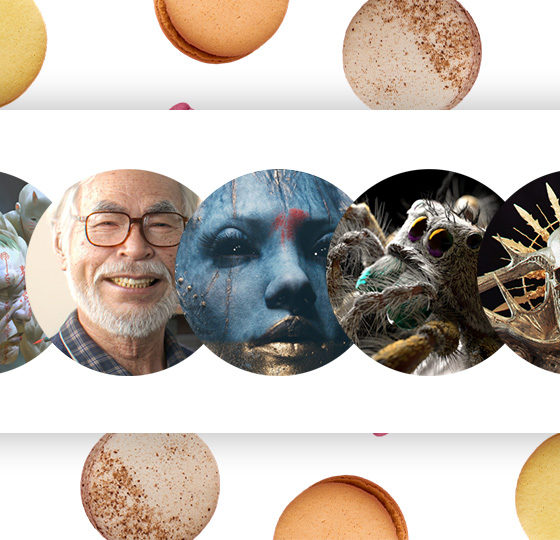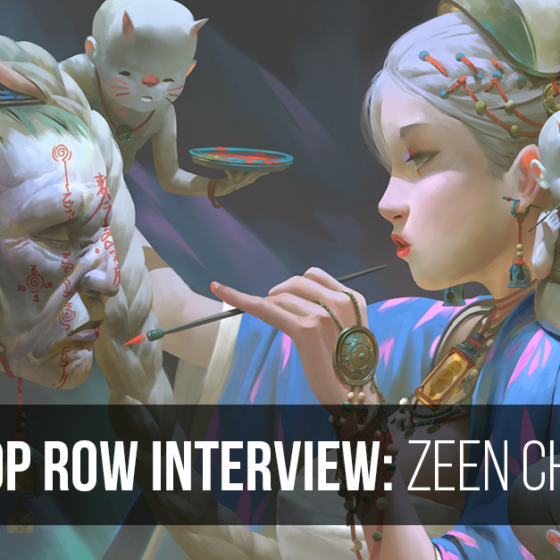Eric has 24 years’ experience in the visual effects industry. His background in creating animation for scientific visualization provided a groundwork for his diverse client roster, as well as his creature modeling work for feature films such as 10 Cloverfield Lane and Star Trek: Beyond. He has been a guest lecturer at Harvard Medical School and has authored countless tutorials, video series, and books. His most recent work involves developing CG content for virtual reality. He also has a species of phorid fly named in his honor (Megaselia kelleri).
Source: gnomon.edu
Check out Eric’s ArtStation portfolio.
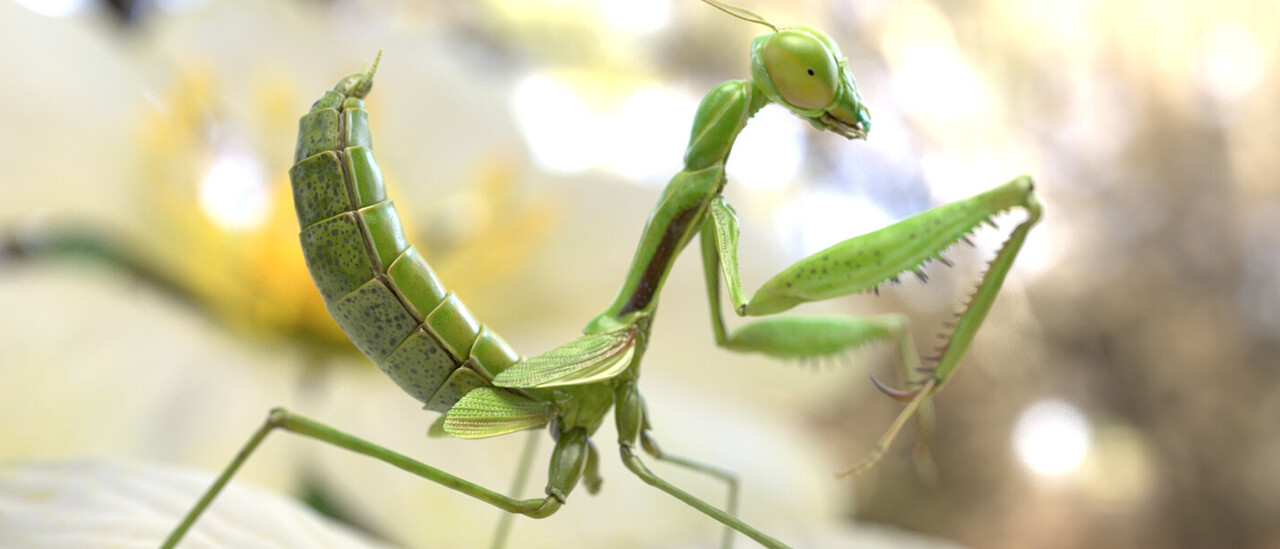
INTRODUCTION
I actually studied music in school, specifically classical guitar at Florida State University. Although I never became a musician professionally I did find the discipline of musical training extremely helpful when I switched to visual arts. I also find that I think of composition in my art in musical terms.
I switched over to computer graphics after college, in the late 90s. I fell in love with computer animation. At the time I was waiting tables without much of an idea how I would get into doing CG for a living. After some studying, practice, hard work, and a few lucky breaks I got a job at the Howard Hughes Medical Institute in Bethesda Maryland (USA) creating animations for leading biomedical researchers. Back then I was using Maya version 1 on an SGI machine.
In 2005 my wife and I moved to Los Angeles and I started working freelance and taking classes at the Gnomon School of Visual Effects in Hollywood. Eventually I started teaching there as well and I’ve recorded a number of video series for the Gnomon Workshop.
I am a freelance artist and I enjoy the flexibility and variety of jobs, plus I work out of my home studio. I’m a generalist but these days I tend to do mostly modeling and texturing with an emphasis on organic environments and realistic creatures. My specialty is anatomically accurate insects and arachnids and other invertebrates. I do work for both the science community and the entertainment industry and recently I’ve gotten into 3D printing. In 2020 I joined Tomas Wittelsbach, Tony Rodrigues, and Henry Williams to create a new business: ZBrush Jewelry Workshop (www.zbrushjewelryworkshop.com). We are an online platform that teaches digital sculpting, printing, and manufacturing to jewelry artists. I enjoy interesting jobs that elevate and celebrate science and the natural world. But I like variety too so the occasional feature film or VR project is a lot of fun too (usually).
Could you tell us about some of the interesting projects you’ve worked on?
My favorite recent job was on a fully CG planetarium show called “Signs of Life” From 2018 to 2020 I worked for the Samuel Oschin Planetarium at Griffith Observatory in Los Angeles. It was an intense project with a really great team. I had to create everything from realistic microorganisms to landscapes on distant planets to alien life forms. The show looks amazing and I really enjoyed reviewing dailies in both a miniature dome and a full size dome in the observatory. The team was some of the best artists and producers I’ve ever worked with and they have become good friends. Unfortunately the final show has yet to open because of COVID restrictions. Hopefully it will open soon because I think people will be blown away by it.
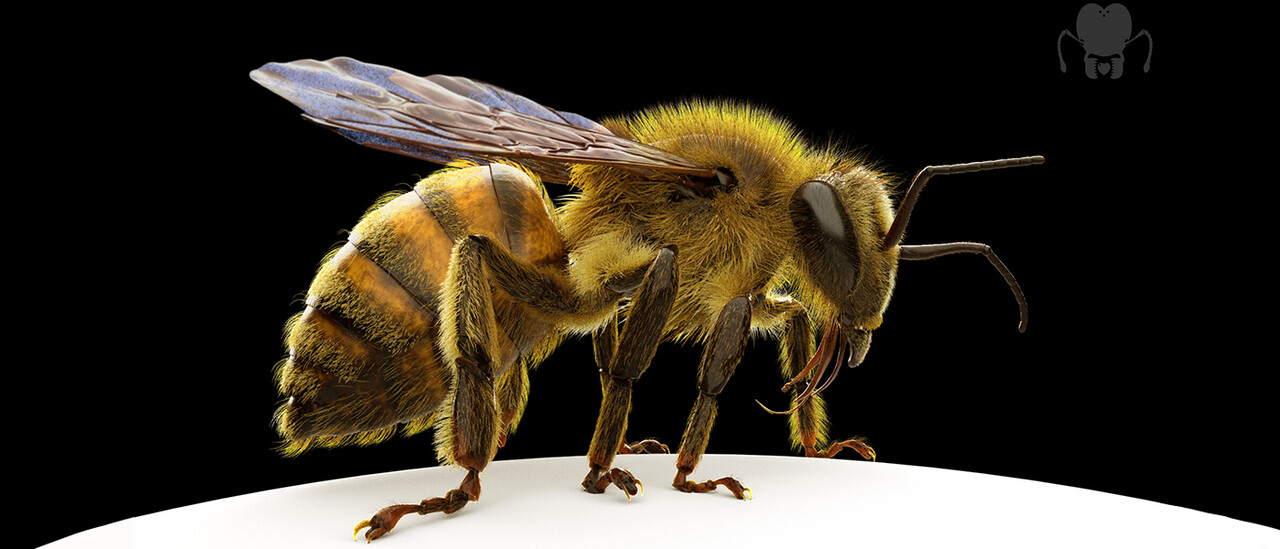
CREATIVE PROCESS
What software and tools do you use for your work, and why?
My primary tools are ZBrush and Maya. I texture in Substance Painter and render in Redshift for Maya. I also do some fur work on my CG bugs using Yeti. ZBrush is my favorite because it’s so useful for so many different tasks and once you master it you really can do anything you want. Pixologic is also a great company and they really care about their users and the community.
How do you organize your day (how many hours do you work per day)?
I work about 10 to 15 hours a day depending on the job. I tend to work in the morning, later afternoon and at night with breaks for snacks and dog walks in between. I usually multi task so I have a couple jobs going at once. Sometimes building assets or creating shots in Maya, sometimes recording video tutorials for ZBrush Jewelry Workshop, Gnomon, and other companies that hire me for private classes.
How important is working with references for you? Do you have any tips on how to effectively organize an extensive reference library?
I firmly believe you are only as good as your reference and I go to extremes to get the best I can. 3D.sk is invaluable for scan and photo reference. I also have an extensive book library so I actually study the physiology of the animals I model. I’m more concerned with accurate models of real organisms than making up imaginary creatures. I study macro photography and I’ve gone on workshops with pro photographers as far away as Mozambique, Africa. The practice of taking my own photos has helped me improve my composition and lighting skills tremendously. Most importantly I’ve made friends with scientists all over the world and I learn from them. The great secret is that most scientists love to talk about their research and there is so much to learn from them.
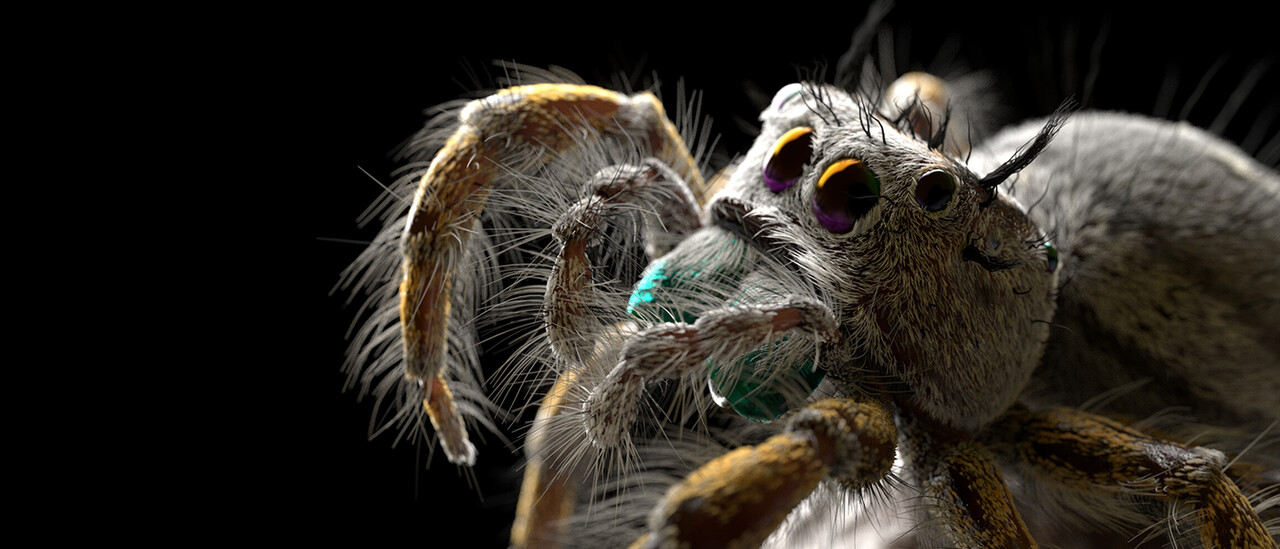
Could you describe your general creative workflow/pipeline for us?
If I am working on an organism, which is what I most prefer to do, I start by extensively collecting photo and book reference and I make sure I know the species and the sex of the organism. I don’t simply model a spider or a jumping spider, I have to know that I’m making a model of a female Phiddipus mystaceus or a male Sitticus pubescens. I find as many photos as I can from every view, I look up books, and I talk to my science friends who are experts on that particular species (Thomas Shahan is a good example of a jumping spider expert who I know).
I create a Pure Ref file with all the pictures and diagrams I can get. I may sketch out a diagram or two just to sort out the anatomy and proportions. Generally I start in ZBrush. I create the basic form in ZBrush and then do retopo and UV texturing in ZBrush and Maya, going back and forth as needed. I do basic polypainting in ZBrush and then create the rest of the texture maps in Substance Painter. I rig the model in Maya and create fur using Yeti and then I set up for rendering using Redshift and Yeti in Maya. I may use assets from Quixel megascans for scenery and sometimes I model my own or use a combination of original assets and megscans assets.
Tell me about your techniques for overcoming creative blocks?
I like to read biology textbooks. My favorite is “Invertebrate Zoology” by Ruppert, Fox, and Barnes. I’m curious about how things work and I get very inspired by beautiful diagrams in textbooks or photographs by people such as Piotr Naskrecki. I read a lot of books by E. O. Wilson and I often get so inspired that I have more ideas for models and animations than I have time. When I get stuck on a project I put it aside and work on something else. I believe the subconscious is always working in the background trying to solve problems so I let it do its thing while I work on something else and then I usually come back to the project I was stuck on and the solutions reveal themselves. Reading is always helpful. To have output you must have input as Joe Strummer famously said.
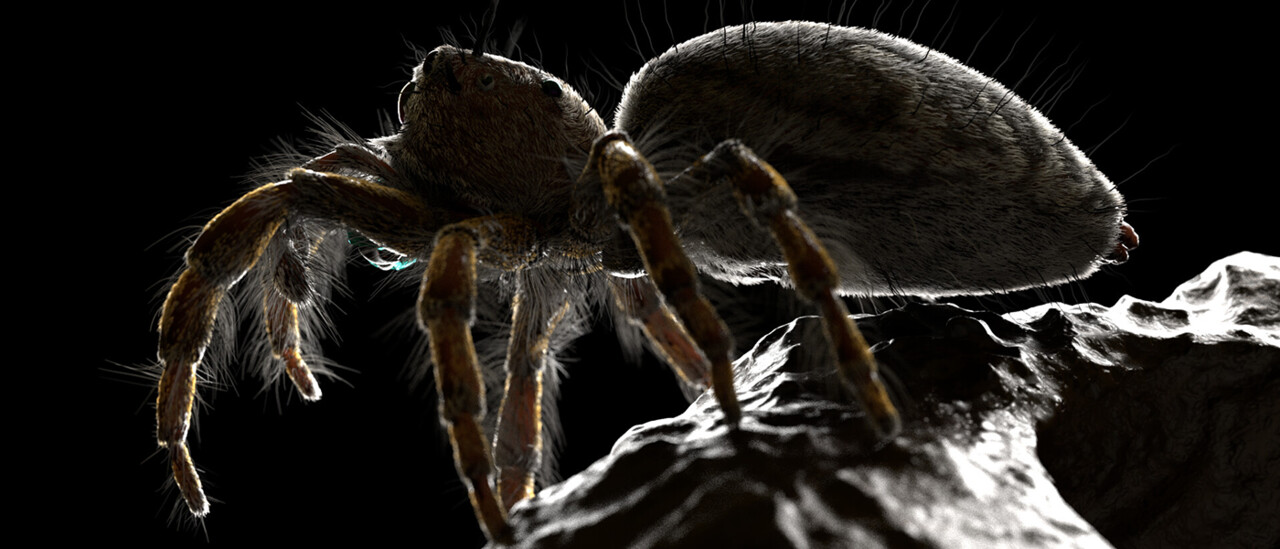
What drill routine do you use to sharpen your skills?
Play is really important. I mean playing around in ZBrush or Maya with no specific goal and no concern for quality. Letting your mind work out its thing while you doodle in essential and often leads to some unexpected results that can be useful later on. Playing in ZBrush is the best way to learn the tools too. I do an exercise where I set a timer for 10 minutes and see how far I can get sculpting a head or part of a head or just messing around with a surface in ZBrush. I usually throw out the result. Its a good way to get the brain warmed up.
Do you also create with non digital medium (clay, pencil drawing,…)? What does it gives you compared to digital?
I don’t really enjoy drawing and my clay skills are pretty pathetic. For me photography seems to be the best way to explore away from the computer although that’s still digital. Photography is a great way to study composition and the decisions you make when taking a picture is a great way to learn what you prefer and what your point of view is. It’s also extremely meditative which I enjoy.
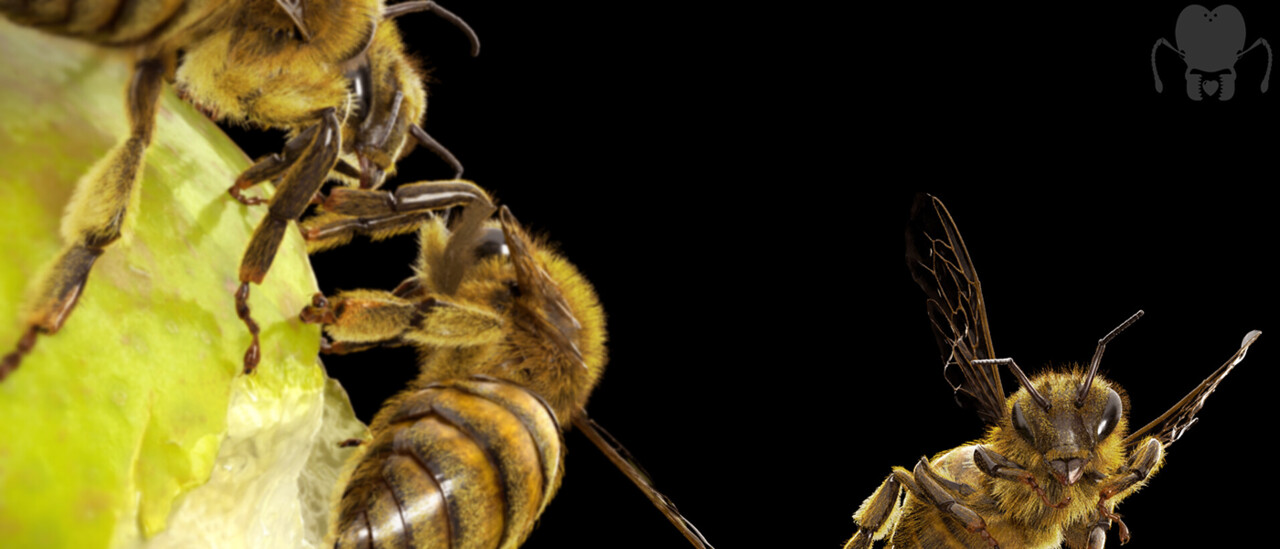
ART COMMUNITY
What themes would you say your work deals with?
My art is decidedly anti-anthropocentric meaning that I’m rejecting the view that human beings are the most important thing in the universe. When I create my own art (not for a client) my goal is to shift the viewer’s point of view momentarily to see the word through the other life forms that inhabit it, especially the small ones. I do the occasional character for fun but mostly these days I’d rather use my art to elevate and celebrate the natural world. Creature design can be fun but nature has all of us beat when it comes to cool designs so I prefer to explore life forms that exist in the real world now or in the past..
What artwork are you most proud of?
I recently created and cast a praying mantis ring in sterling silver. I sculpted the entire ring in ZBrush and it came out beautifully. I love wearing it because when people ask me what I do on my computer all day I can literally hold up my hand and show them. I think the style really captured my point of view as well. It’s not a scary or creepy bug, it’s a little friend on my finger.
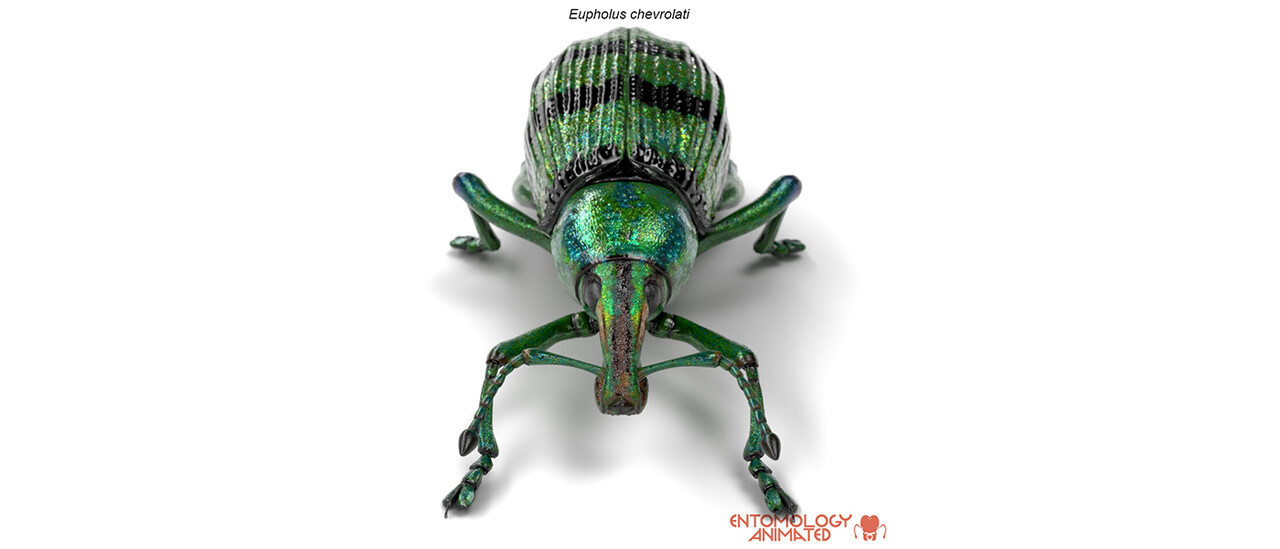
Does industry offer enough opportunities for organic modelers like you?
Yes it does and I think it will continue to do so although scanning technologies make building things from scratch less of a necessity. Not sure if that is good or bad but you have to go with the flow.
How do you define success as an artist?
Monetary considerations aside, I think success in art is achieved when you reveal to yourself who you are and what you care about. If others notice your artwork that’s great but really it comes down to how your art makes you feel about your place in the universe.
Which current art world trends are you following?
I’m reluctantly and skeptically looking at NFTs. I’m concerned that the promise of easy money is incentivizing bad art and I’m concerned about the environmental impact of the way NFTs are created. That being said I’m trying to learn about them and it looks as though they could also be a positive thing for artists. It’s becoming apparent that the global economy for creatives is changing rapidly and adaptation is going to be key for success or even just survival. .
How do you collaborate with other artists?
Usually on a group project for a client or a company I tend to do much of the modelling and texture work. I’m not a concept artist so I work best when I team up with a concept artist that has a clear vision of what they want to create. I’ve had the pleasure of working with some really great artists such as Nick Hiatt and Josh Viers.
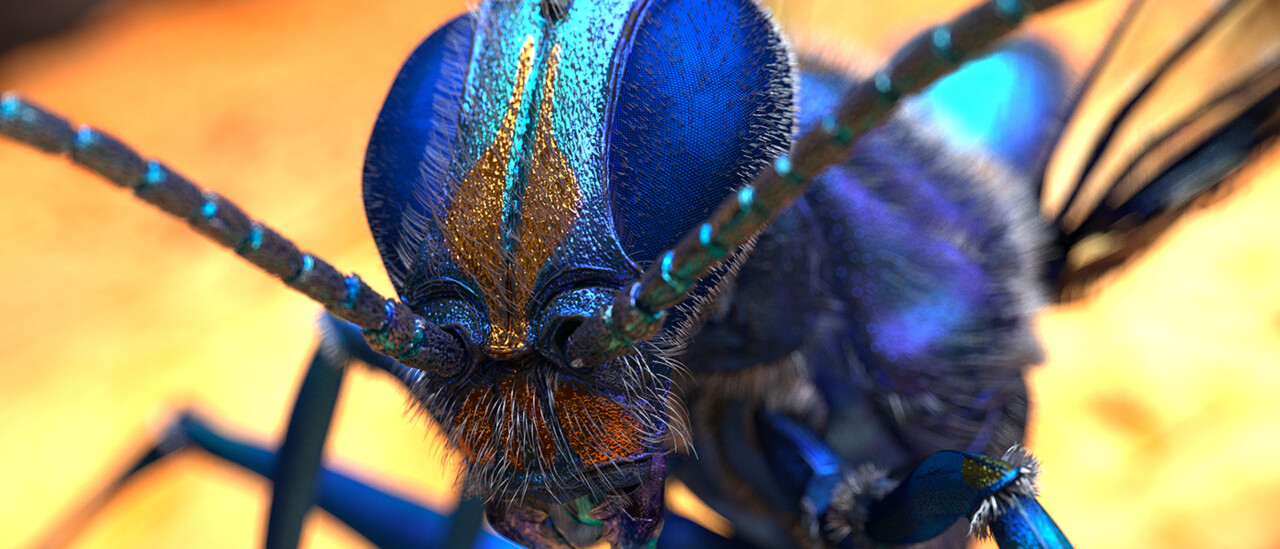
PROMOTION & FEEDBACK
Who provides you the most relevant feedback?
Generally the art director and the producers. Working directly with clients can be a challenge if they are new to CG, you have to educate them as you go. A big part of the job is understanding human psychology and developing strategies for what to show a client and when.
What social channels do you use for communication with your followers?
I generally use Artstation, Youtube, Discord, and Instagram. I left Facebook as it is just not fun anymore with all the political stuff and I’ve never been fond of Twitter.
Do you have a network of other artists, and how do they support you?
Yeah mostly its people I’ve worked with on other jobs and companies. I have a number of small companies that keep me supplied with work. I also keep in contact with my friends who are traditional artists, scientists, and photographers.
Part of the creative process is also a failure, how do you deal with it?
I used to have a cheap inflatable dolphin that I kept near my workstation but he had an unfortunate run-in with a ceiling fan. Failure is tough especially when on a tight deadline but it’s part of the process. I find as I grow older I have wasted too much time getting upset about things that didn’t work out and I’ve spent a lot of money replacing the cordless mice that I keep throwing at the wall. Time is usually the best coping mechanism. When things aren’t going well it’s best to take some time away from that project for a while (if you can) and let your mind reset. And of course failure on one project often leads to the secret of the success of another.
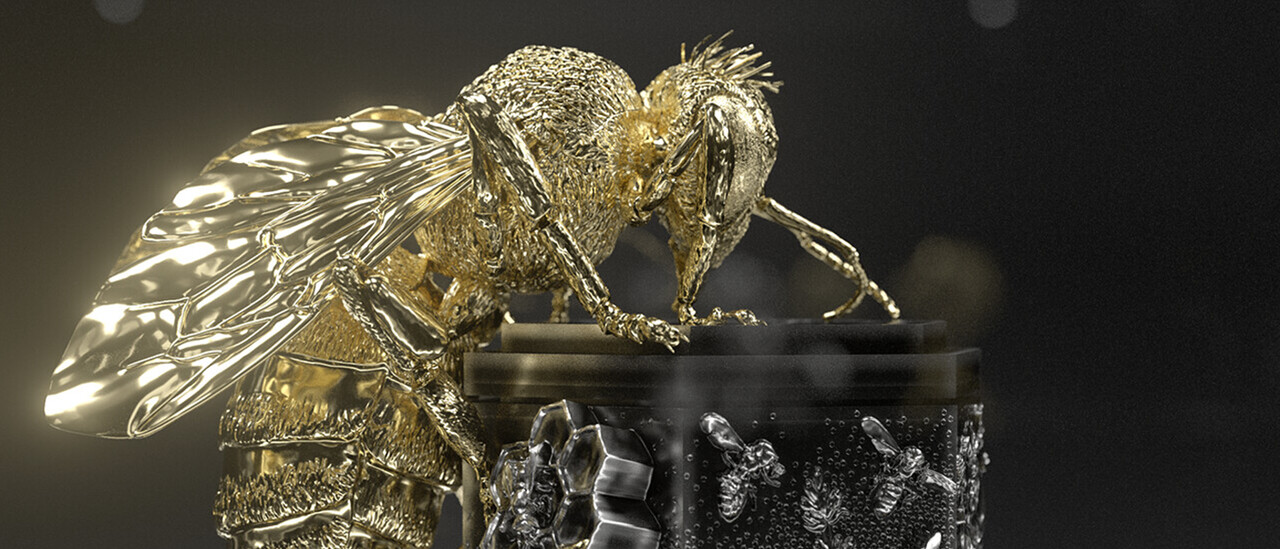
BUSINESS
Do you have an existing customer base?
Aside from the companies that hire me on a regular basis, the closest thing I have to a customer base is the Zbrush Jewelry Workshop (ZBJW). We’ve been open for about a year and we have a growing number of members who take our courses and participate in our online critiques and events. We are building an online store where we will be selling jewelry, not just mine but the other artists and ZBJW members that work with us.
What factors influence the price of your work?
Mostly the time it takes to make it, the money I’ve invested in my own equipment and software and the money I’ve invested in the past for my own education.
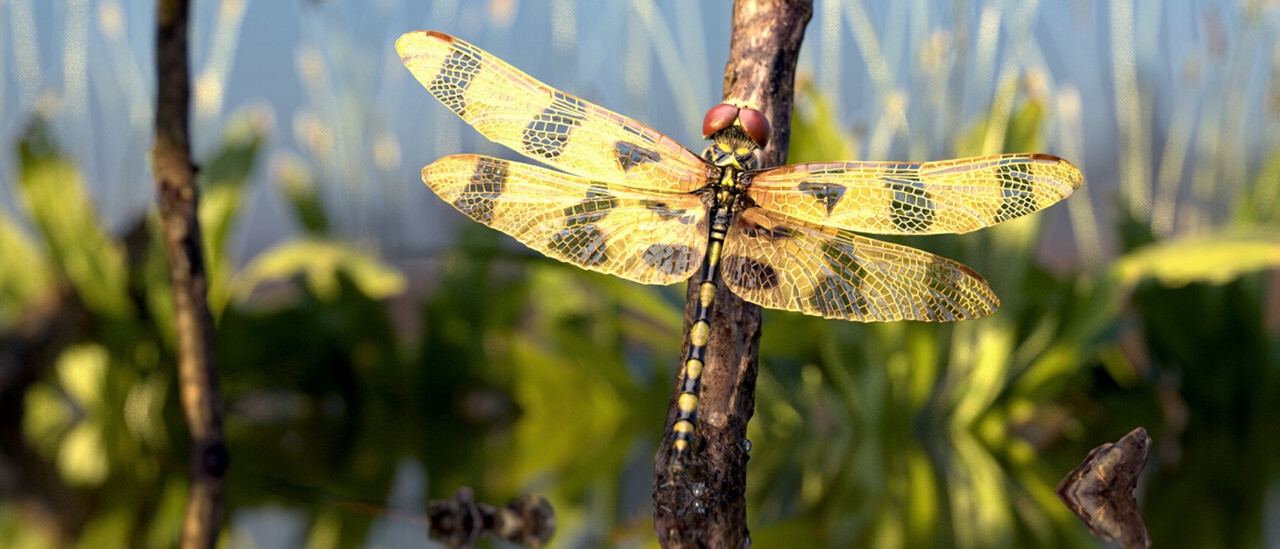
What art marketing activity do you put into practice regularly that works most successfully for you?
Instagram and Youtube. Making short YouTube videos on a regular basis is great, also presenting at events such as the Pixologic ZSummit.
How do you seek out opportunities?
Mostly through my network of friends and colleagues from previous jobs. I don’t often have to go out looking for work.
How do you cultivate a collector base?
Not an expert in this.
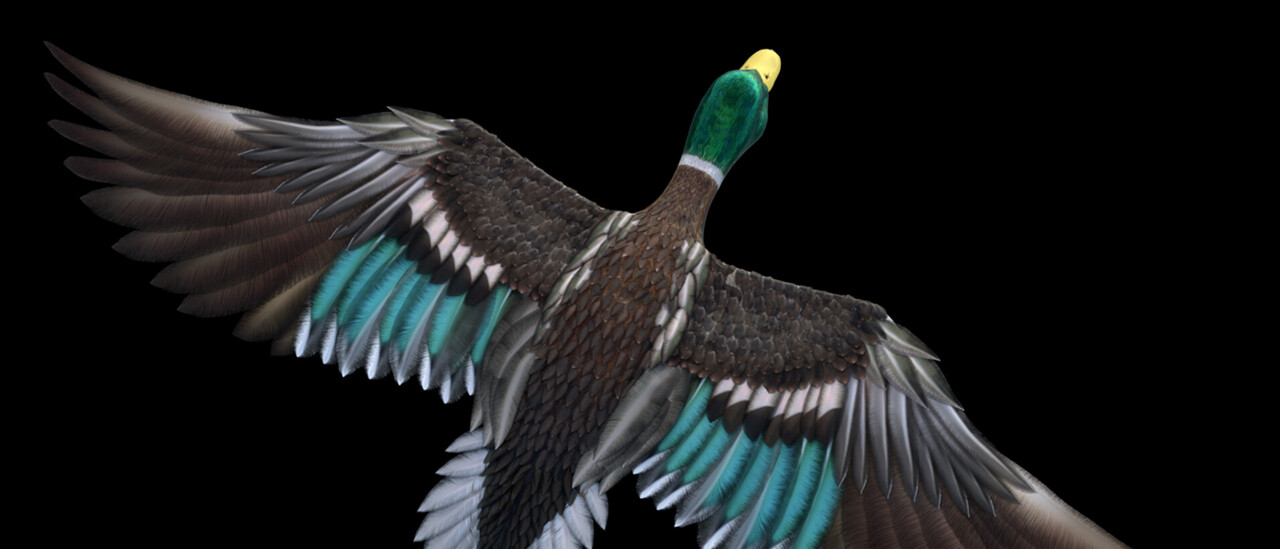
MENTORSHIP
What’s the best advice you would give your younger self?
Don’t wait for someone else to tell you it’s ok to be an artist.
What 3 books are a must for character artists?
My favorites have always been: The Human Machine by Greorge Bridgman, Howard Schatz “In Character”, and The Artists Complete Guide to Facial Expressions by Gary Faigan.
Can you give a starter tip for a 3D printer beginner?
Look up www.youtube.com/c/VegOilGuy. Subscribe to his channel and watch all of his videos.
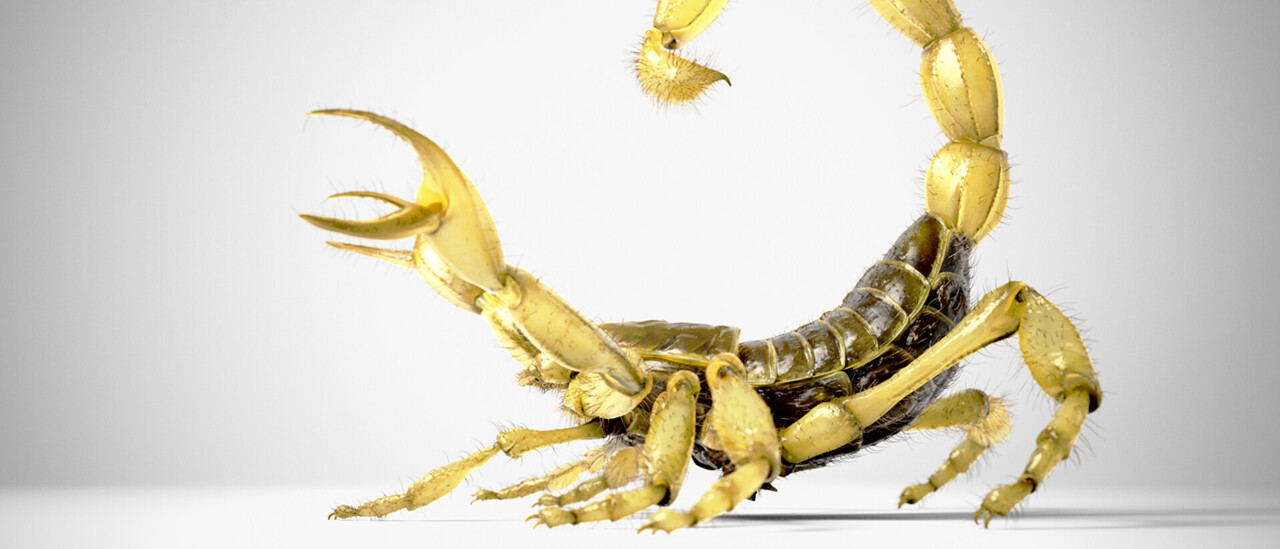
If you mentored younger artists who are beginning their art careers what single most important piece of advice would you offer?
Everyone assumes that everything you post is the best you can do, don’t post too many works in progress, don’t post art you’re not proud of. Don’t post pictures of every step you take on a project either. There should be a little mystery as to how you create your art and repeatedly posting the same image over and over can wear out your audience and diminish their enthusiasm for your work.
What invaluable art business lesson did you learn in the past year that took your career to the next level?
Charge more.
What is the most common mistake your students make?
They make too much fan art. Your work should demonstrate your technical skill and ALSO the quality of your own ideas.
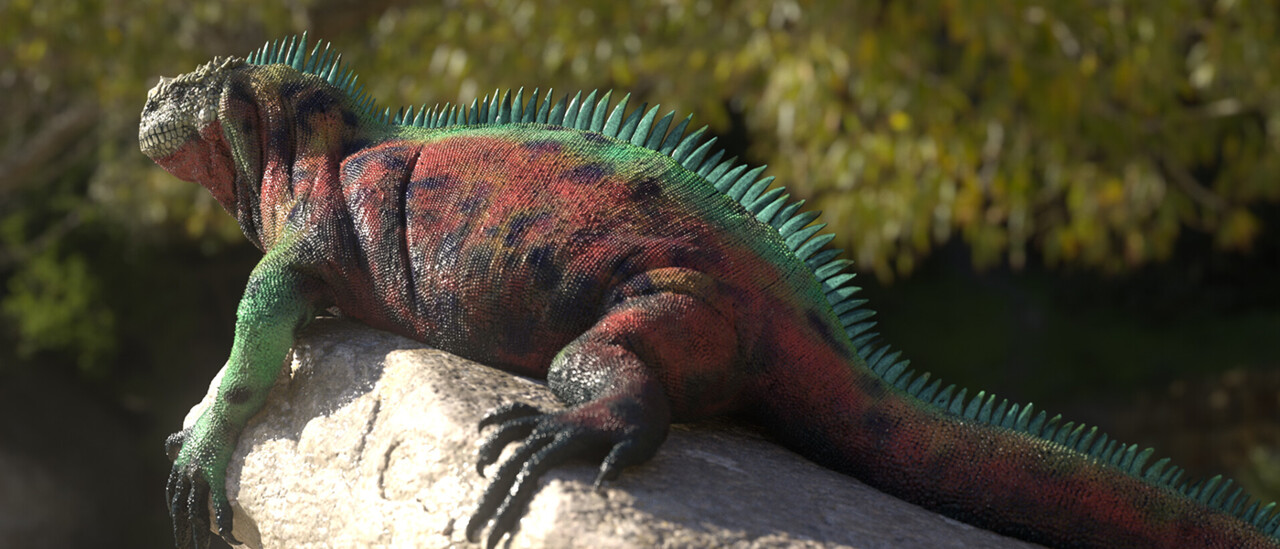
RELAX
How do you manage a work-life balance as an artist?
It’s not easy. My wife is very supportive of me, that’s the most important thing. If you’re in a relationship, especially a marriage, make sure your partner is on board with giving you the space and time you need to become an artist. And whenever you can push back against any employer that expects you to work weekends. Really, we’ve all given up weekends in the United States thinking that’s the key to becoming a success but it’s not. It just basically makes other people richer while you have less and less time for yourself. When you give up your time you are literally giving away a piece of your life. Make sure it’s worth it.
What’s the best thing about being an artist?
The act of making the art. The space your mind goes to when you are in the act of creating.









